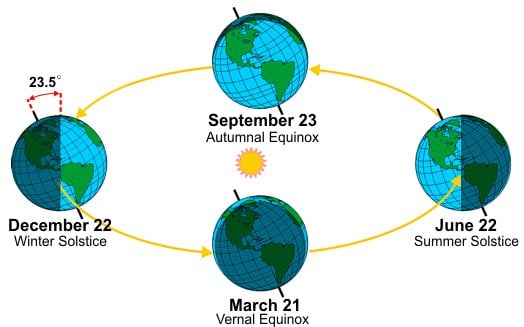Like Earth, Saturn's axis is tilted relative to the Sun's equator - 27-degrees on Saturn, compared to 23-degrees for Earth. And this tilt is very easy to see, because Saturn's rings extend out from its equator. There are times during its orbit when we see Saturn's rings fully extended, and other times when the rings are just a thin line, seen edge on.
You can also check out these cool telescopes that will help you see the beauty of planet Saturn.
You can also check out these cool telescopes that will help you see the beauty of planet Saturn.
Since Saturn takes 30 years to orbit the Sun, so it's seasons are much, much longer than Earth's. Each of the planet's hemispheres take turns soaking up radiation from the Sun, heating up. When the rings are fully facing the Sun, they can shade the planet, and further decrease the amount of energy received by the hemisphere experiencing winter.
And these seasons do have an impact on the planet's weather. Over the course of 20 years, scientists recorded that wind speeds around Saturn's equatorial regions decreased by about 40%. NASA's Voyager flybys in 1980-81 detected wind speeds of 1,700 km/h, while they were only going about 1,000 km/h in 2003.
Here's an article from Universe Today about how
Saturn's weather changes
over long periods, and the
discovery of a cyclone
at the planet's north pole.
Astronomy Picture of the Day has a
beautiful image
of Saturn's changing seasons, and an
article from BBC
about the planet's changing wind speeds.
We have recorded two episodes of Astronomy Cast just about Saturn. The first is
Episode 59: Saturn
, and the second is
Episode 61: Saturn's Moons
.
 Universe Today
Universe Today
